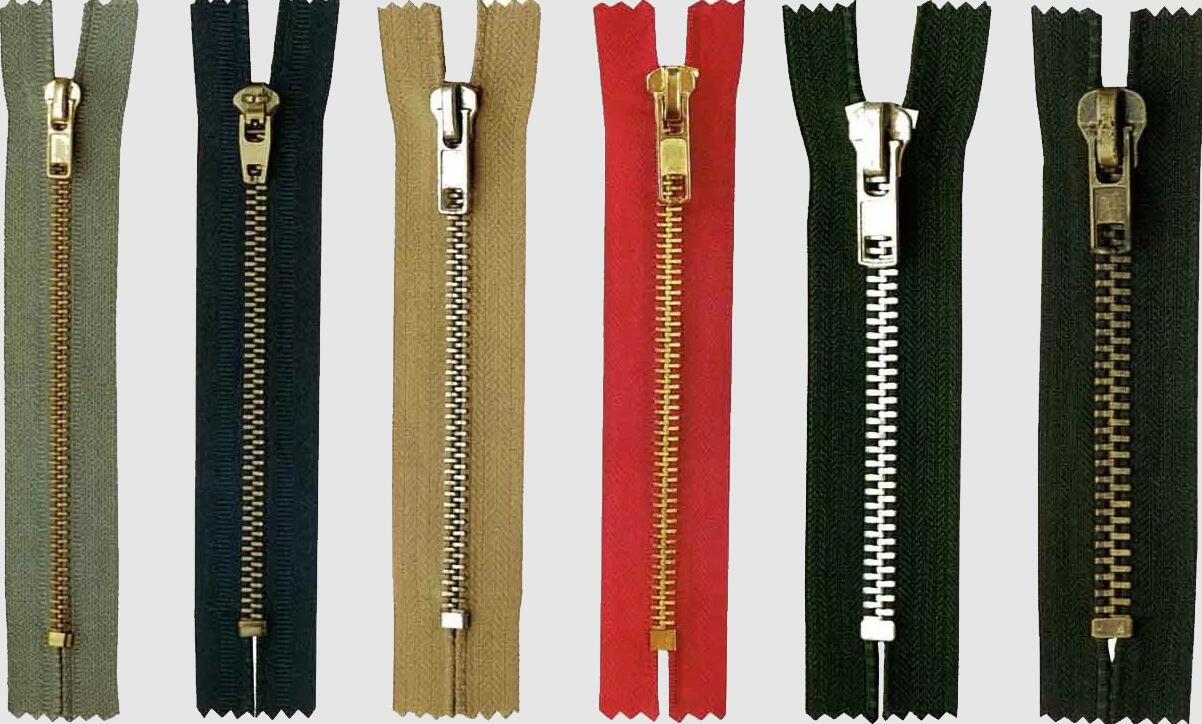What are the different types of zipper tests and their purposes?

Zip testing is a process of evaluating and testing the performance, quality and reliability of zips and their associated accessories. It includes testing zips for pulling resistance, abrasion resistance, tensile strength, torque, modelling performance, latching performance and lasting performance. The following are some common zip tests:
Initial end pressure test: tests the insertion and removal force of the zip head to determine the quality of the insert teeth and the durability performance of the insertion and removal.
Modelling test: Tests the accuracy and size of the tooth surface of the zip to check the accuracy and durability of the zip piece.
Mobility test: tests whether the zip can move freely and open quickly when closed.
Fusing test: tests whether the metal parts on the zip can withstand high temperatures and assesses the fusing performance of the zip.
Stretch test: tests the strength and durability of zips at different levels of stretch.
Abrasion test: tests the degree of wear and flaking of the surface of the zip after prolonged use to check its abrasion resistance.
Climate test: zips are subjected to different climatic conditions, such as high temperature, low temperature, low humidity, high humidity and high altitude, to test their durability and weather resistance under different climatic conditions.
Chemical test: test the zip's resistance to corrosion and chemicals in various pharmaceuticals, chemicals, acids and alkalis.

The following are 6 common types of zip defects:
1. Zipper snags or is difficult to pull: This can be caused by damage to the head of the zip or excessive friction between the zip links.
2. Breakage of zip links: partial or total breakage and zip failure due to defects in the zip teeth, zip tabs and other parts, insufficient strength, etc.
3. Loss of zip teeth: zip teeth may fall out due to overuse or impact.
4. Scratching, wear and tear: Long-term use of the zip results in scratching and wear on the surface of the zip tab. The zip may become cracked or worn due to excessive use, fabric creasing or damage.
5. Damage to the head of the zip: The head of the zip may be deformed or damaged due to overuse or impact.
6. Insufficient tension: The zip is not strong enough or the zip piece is damaged or deformed resulting in insufficient tension and the zip will not pull up smoothly or will pull up easily but will not last.
Through testing, these common zip defects can be identified and repaired or replaced in time to extend the life of the zip.
2023-03-29 14:49

